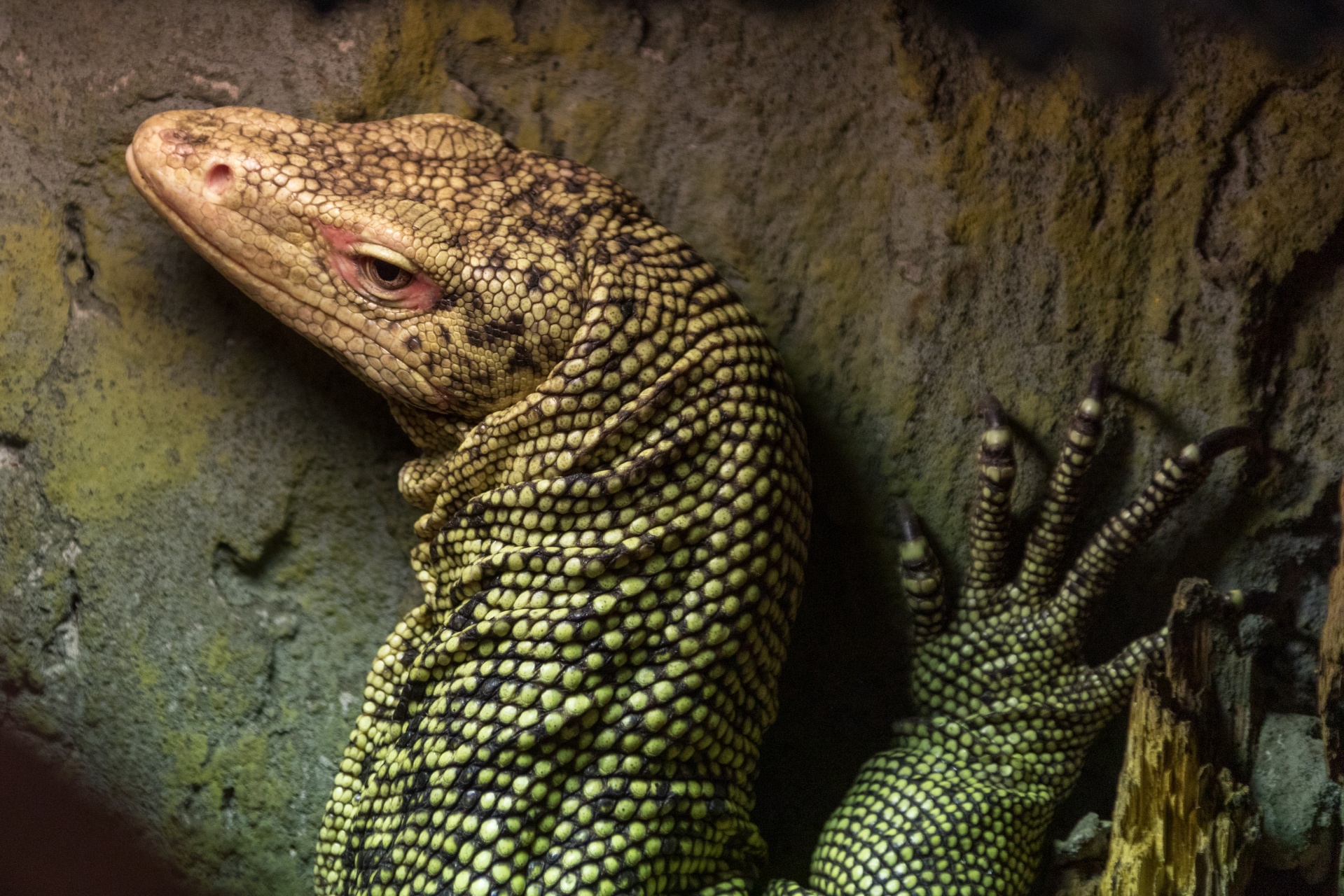
The Easiest Lizard to Take Care of: A Guide for Lizard Caretakers
When it comes to keeping lizards as pets, some species require more time, effort, and expertise than others. If you’re new to lizard care and looking for an easy-to-maintain companion, we’ve got just the lizard for you! In this guide, we’ll introduce you to the easiest lizard to take care of.
Meet the Leopard Gecko
Scientific Name: Eublepharis macularius
Lifespan: 10 to 20 years
Size: 7 to 11 inches
Housing Requirements: A 20-gallon tank
Why Choose a Leopard Gecko?
Leopard geckos are a popular choice for beginner reptile enthusiasts due to their docile nature, manageable size, and relatively low maintenance needs. Here are some reasons why they make excellent pets:
-
Easy to Handle: Leopard geckos are known for their calm and gentle demeanor, making them easy to handle, particularly for children or those new to reptile care.
-
Low Maintenance: These lizards have simple care requirements, making them ideal for busy individuals or those with limited reptile experience. They don’t require UVB lighting and prefer a temperature range of 75-85°F during the day and 70-75°F at night.
-
No Need for Live Prey: Unlike many other lizards, leopard geckos don’t require live insects as their primary food source. They can thrive on commercially available powdered diets, eliminating the need for frequent insect hunting or breeding.
-
Minimal Tank Setup: A 20-gallon tank with a secure lid, a heat source, a shallow water dish, and a few hiding spots are enough to create a comfortable habitat for these lizards.
Feeding Your Leopard Gecko
Leopard geckos are insectivores, primarily feeding on insects. Dusting their food with calcium and vitamin D3 supplements is crucial for their health. Recommended food options include:
-
Crickets: Live crickets provide necessary exercise and mental stimulation for your gecko. Be sure to choose appropriate-sized crickets and remove any uneaten ones after feeding.
-
Mealworms: These can be used as an occasional treat, but they shouldn’t constitute the bulk of your gecko’s diet.
-
Dubia Roaches: Another suitable food option, dubia roaches are well-received by leopard geckos.
Remember to provide fresh water in a shallow dish, replacing it daily to ensure cleanliness.
Habitat and Enrichment
Creating a suitable habitat for your leopard gecko is essential for their wellbeing. Here are a few tips:
-
Substrate: Avoid loose substrates like sand or gravel that can be ingested and cause impaction. Opt for solid substrates such as reptile carpet or non-adhesive shelf liner instead.
-
Hiding Spots: Leopard geckos need multiple hiding spots to feel secure and reduce stress. Provide at least two hides—one on the warm end of the tank and one on the cool end—to accommodate their thermoregulation needs.
-
Climbing Opportunities: While not mandatory, providing a few branches or rocks for your gecko to climb on adds enrichment to their environment.
-
Enrichment Toys: These lizards enjoy exploring their surroundings. Consider adding some simple enrichment items like PVC pipes or cardboard rolls for them to crawl through.
Health and Maintenance
To maintain your leopard gecko’s health, perform these routine tasks:
-
Regular Cleaning: Clean the tank and all accessories, excluding the gecko, regularly to prevent the buildup of bacteria and odor.
-
Veterinary Check-Ups: Schedule regular visits to an experienced reptile veterinarian to ensure your gecko is in good health and to address any potential issues.
-
Observation: Keep an eye on your gecko’s eating habits, bathroom habits, and overall behavior. Any significant changes could indicate an underlying health problem that requires attention.
By choosing a leopard gecko as your lizard companion, you’re opting for an easy-to-care-for and delightful pet. With their charming personalities and straightforward care requirements, they’re the ideal lizard for beginners or anyone seeking a low-maintenance reptile pal.
Keep Reading

Savannah Monitor Care: A Comprehensive Guide for Lizard Enthusiasts
If you're considering a Savannah Monitor as a pet reptile, understanding their unique needs and providing proper care is crucial. This comprehensive guide will walk you through the essentials of Savannah Monitor care.

Flying Gecko Care: Tips for Keeping Your Lizard Happy and Healthy
Flying geckos, also known as parachute geckos, are fascinating creatures that make unique and beautiful pets. If you're considering getting a flying gecko or already have one, it's important to understand their specific care needs.